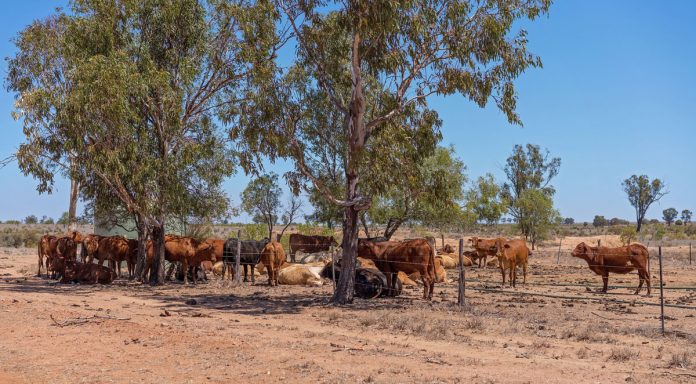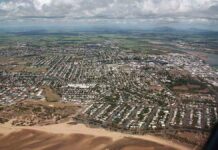With La Nina season behind us, Queenslanders are now gearing up for a prolonged hot and dry El Nino. Long-range weather forecasters predict a particularly volatile ENSO (El Nino Southern Oscillation) cycle, with Queensland in the firing line.
What is El Nino Southern Oscillation?
Simply put, it’s a cycle of “warmer and cooler” periods impacting the Pacific Ocean around Australia that alternate every few years. The warm periods are known as El Nino, and are synonymous with heat waves, bushfires, and droughts. The cooler periods known as La Nina, are known for milder summers and devastating floods. We are currently entering a “strengthening El Nino” phase of warm ocean temperatures. El Nino creates lower pressure over the central and eastern Pacific Ocean and higher pressure in the western Pacific, impacting Eastern and Northern Australia most severely. According to the CSIRO Australia is already 1.47 degrees warmer as a longer-term trend, and this may exacerbate the impact of the El Nino cycle.
“We won’t know exactly where and how the strongest sea surface temperatures (SSTs) will pop up until an El Niño event gets underway. However, given the currently high SSTs in the equatorial Pacific, an additional “nudge” from El Niño could see record high SSTs in some regions.
“The response of equatorial Pacific sea surface temperatures to El Niño depends on where you are and the “flavour” of El Niño. Currently, sea surface temperatures between New Guinea are somewhat above normal, while between the dateline and South America sea surface temperatures are generally higher (in some cases much higher) than normal. In general, these SSTs point towards an “Eastern Pacific flavoured” El Niño, where the highest temperatures are found off the coast of South America, stretching westward.” Said Dr Chris Chapman of the CSIRO.
Where will El Nino impact most greatly?
The greatest impact of El Nino cycles on Australia is drought. Drought obviously impacts agricultural regions most severely. After a particularly wet La Nina cycle, our water reserves are solid, however, with healthy rainfall comes an overabundance of “fuel” for bushfires. The warming ocean temperatures have a devastating impact on The Great Barrier Reef, impacting coastal areas that drive income from tourism.





